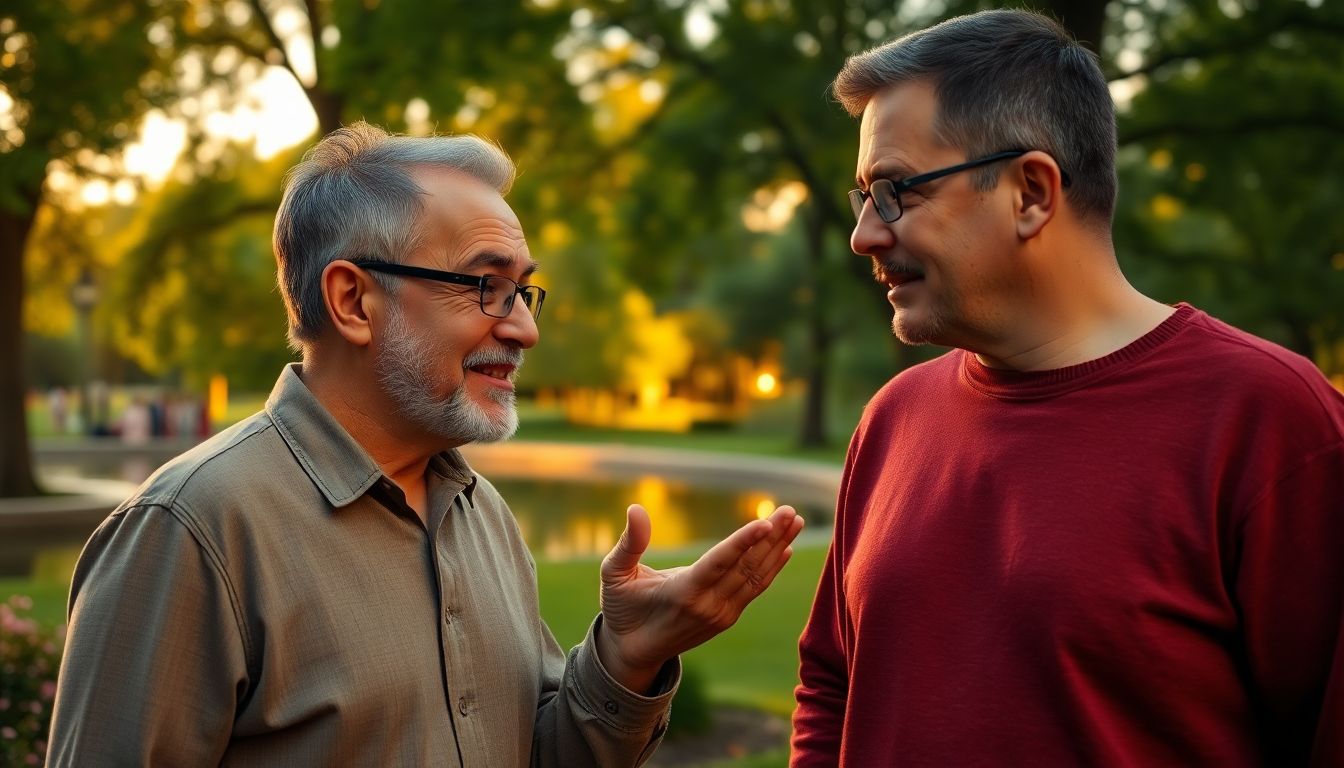
What Did the Blind Man Say to the Deaf Man? Unlocking the Power of Communication Beyond Senses Introduction Picture this: you hear a riddle that really makes you ponder how we all connect with one another. "What did the blind man say to the deaf man?" might sound like a simple joke, but it carries a much deeper meaning. It serves as a metaphor for the ways we communicate beyond just our physical senses. Effective communication is crucial in so many aspects of life. It helps us forge friendships, excel in our careers, and truly connect with others on a more profound level. Yet, sometimes our senses can complicate the sharing of ideas. This article delves into how sensory limitations can hinder understanding and explores fresh ways to engage in conversation and listen actively. Get ready to discover why communication goes beyond just seeing and hearing — it’s all about connection, empathy, and creativity. The Nature of Sensory Limitations and Human Communication Understanding Sensory Disabilities: Blindness and Deafness For some individuals, the inability to see or hear significantly alters their interaction with the world around them. Blindness means missing out on visual cues, while deafness means lacking sound-based communication. These disabilities can complicate everyday life and make even simple tasks more challenging. According to the World Health Organization, around 2.2 billion people globally experience some form of vision impairment or blindness. For those who are deaf or hard of hearing, navigating conversations in noisy or open environments can be particularly tough. We often witness these challenges firsthand. For instance, a blind person might need assistance reading signs, while a deaf individual may find it difficult to engage in a conversation without the aid of sign language. These experiences highlight just how much we depend on our senses to maintain our connections. The Impact on Communication Skills Sensory disabilities can reshape the way individuals communicate. Without sight or sound, conventional methods of communication may fall short. Verbal speech and body language become difficult to interpret, leading to barriers and, at times, social isolation. Research indicates that these limitations can hinder people from forming close relationships or securing employment. A speech-language